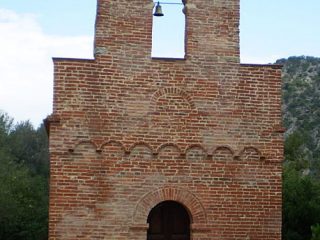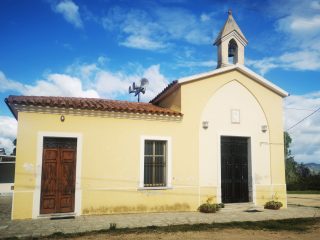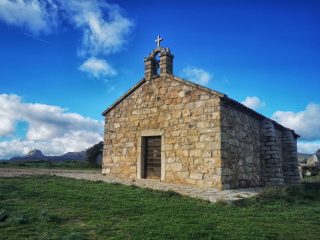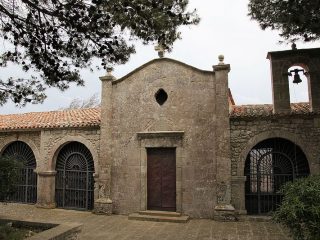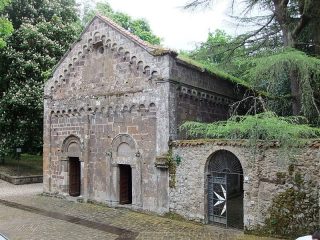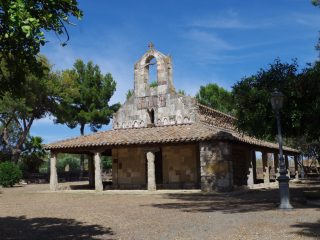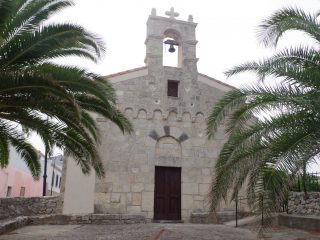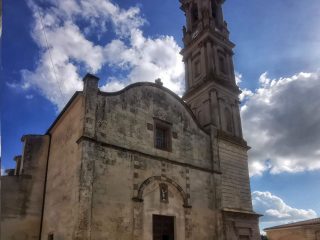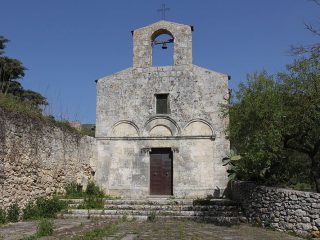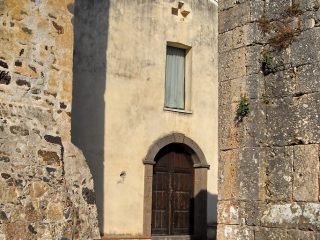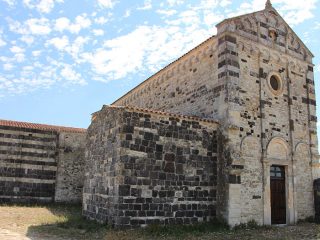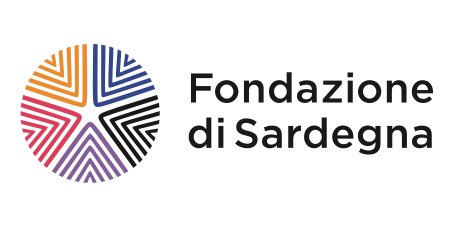The Costume Museum is the largest ethnographic museum in Sardinia.
Built at the beginning of the 1970s from a project by the architect Antonio Simon Mossa, it is like an imaginary Sardinian village. Indeed, there are references and citations of different construction modules found on the island, representing an anthology of traditional Sardinian architecture.
After the ISRE (Istituto Superiore Regionale Etnografico – Sardinia’s Regional Ethnographic Institute) was established in Nuoro in 1972, the museum changed its name to the Museo della Vita e delle Traditizioni Popolari Sardi (Museum of Local Sardinian Lifestyle and Traditions) and has ties with the institute as a documentary and research tool into the island’s demographic, ethnographic and anthropological heritage.
The Museum has been open since 1976 and offers a general representation of traditional life on the island: its work, feasts, lifestyles and dress, religious devotion, collective imagination, music and food. Its itinerary covers ten thematic rooms.
The first room is an introduction to key historical moments in Sardinia from pre-historical times to the current day.
The second room is home to a part of the Museum’s initial collection and deals with topics regarding the creation of ethnographic and Sardinian collecting.
The subsequent rooms describe Sardinia’s main traditional production activities: from sheep farming to agriculture, hunting to bread baking and weaving.
The upper floor, on the other hand, houses a collection of traditional costumes. There is a reproduction of a procession and a rural chapel.
The visit ends in the room dedicated to the Carnevale Barbaricino, whose roots go way back in time.



